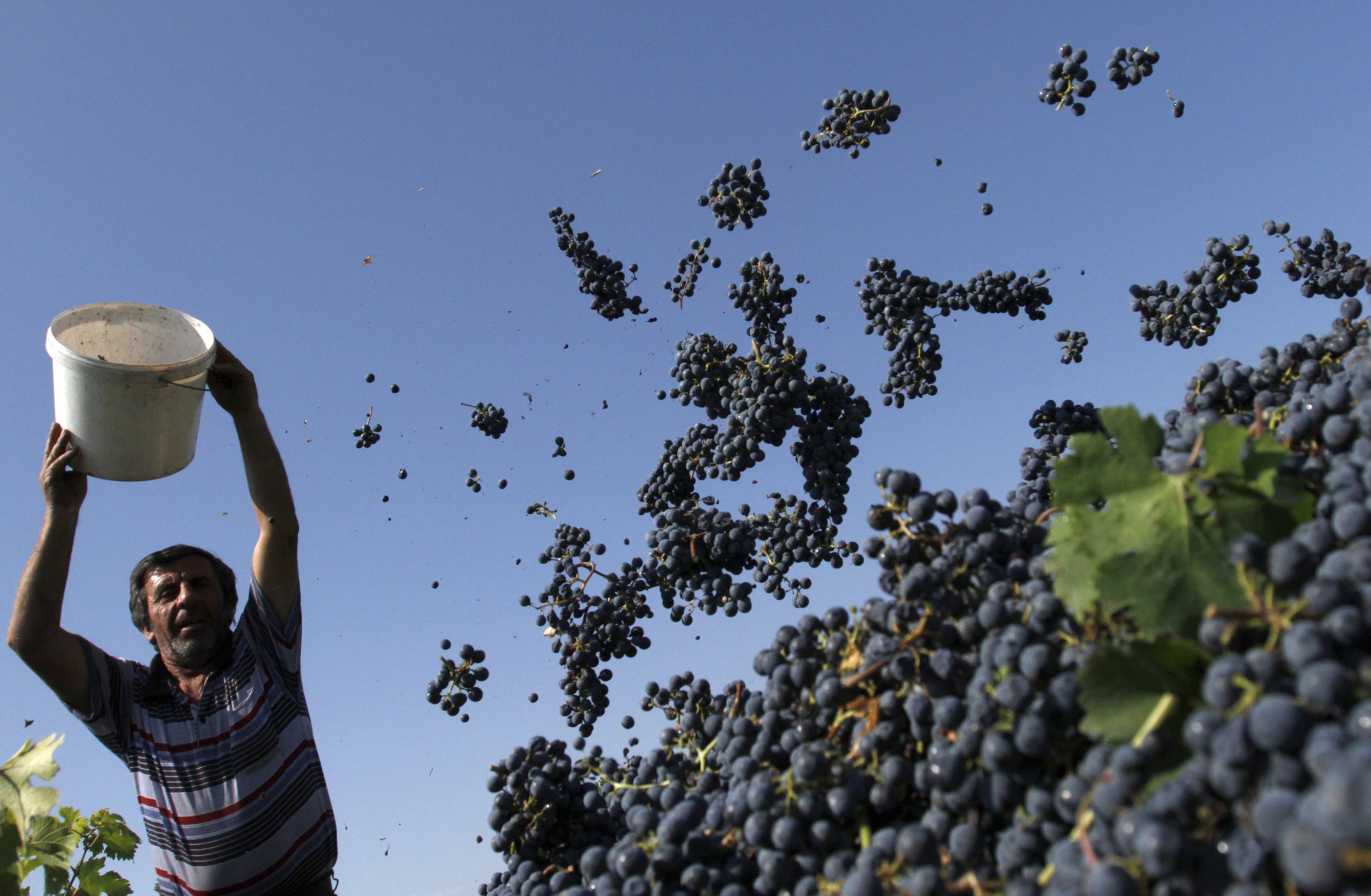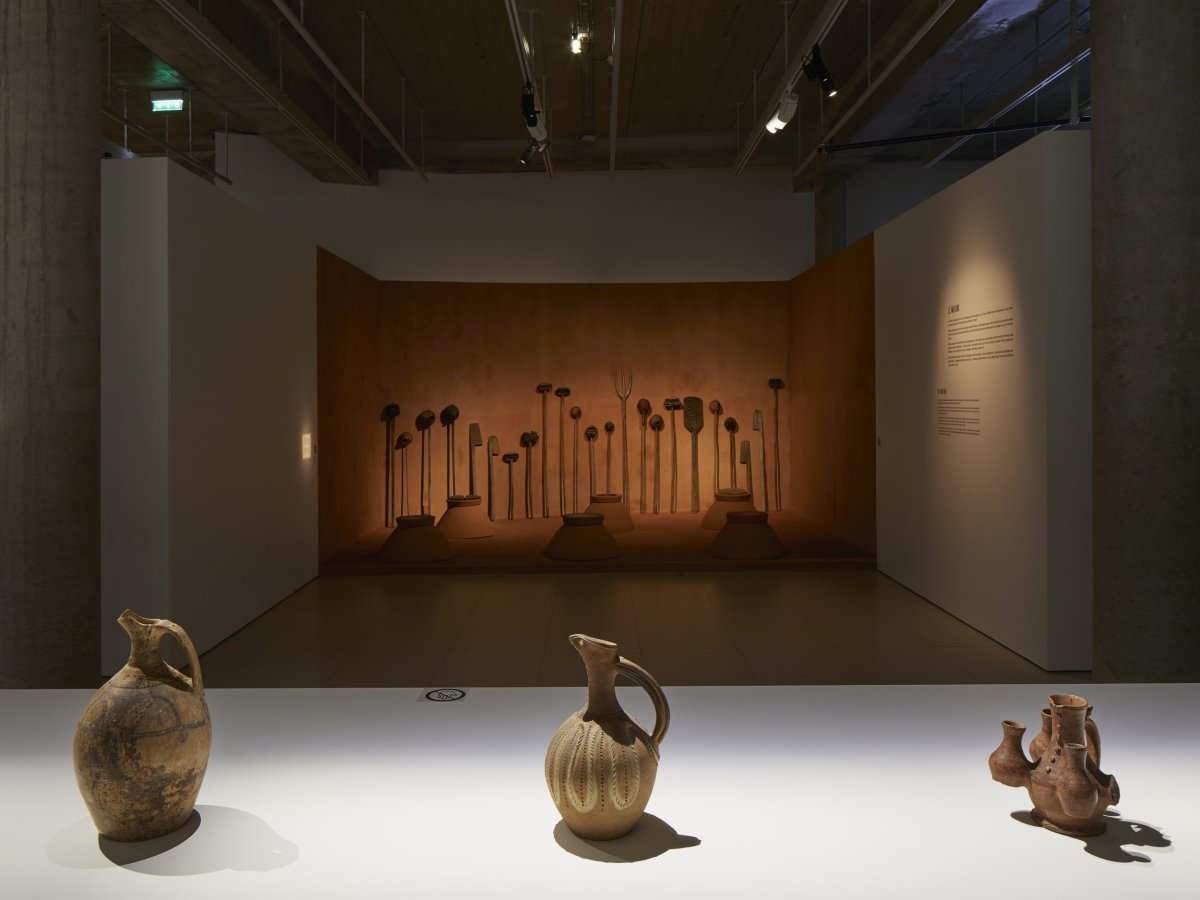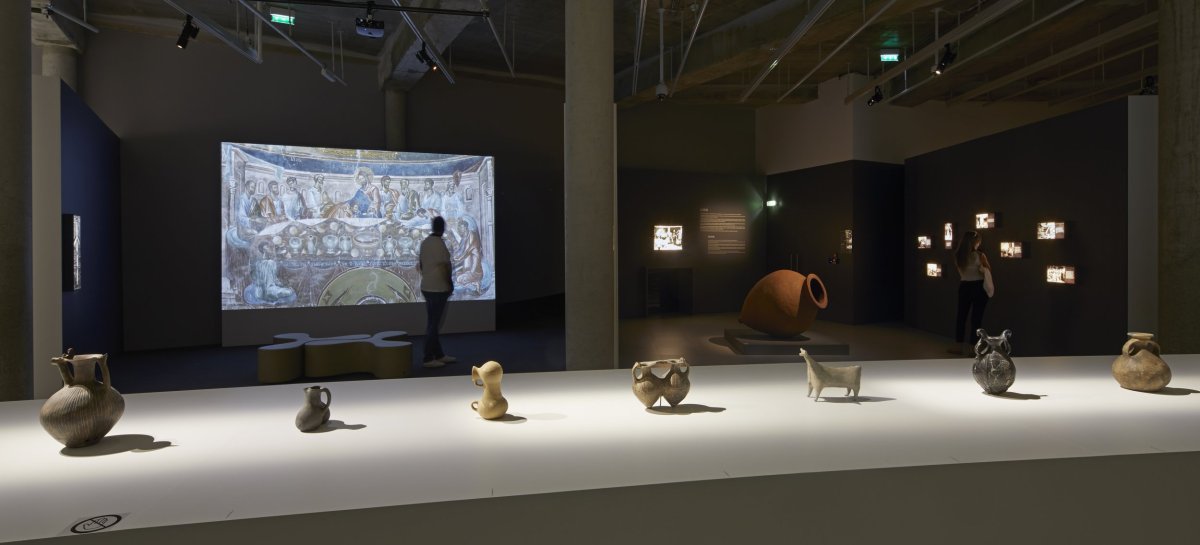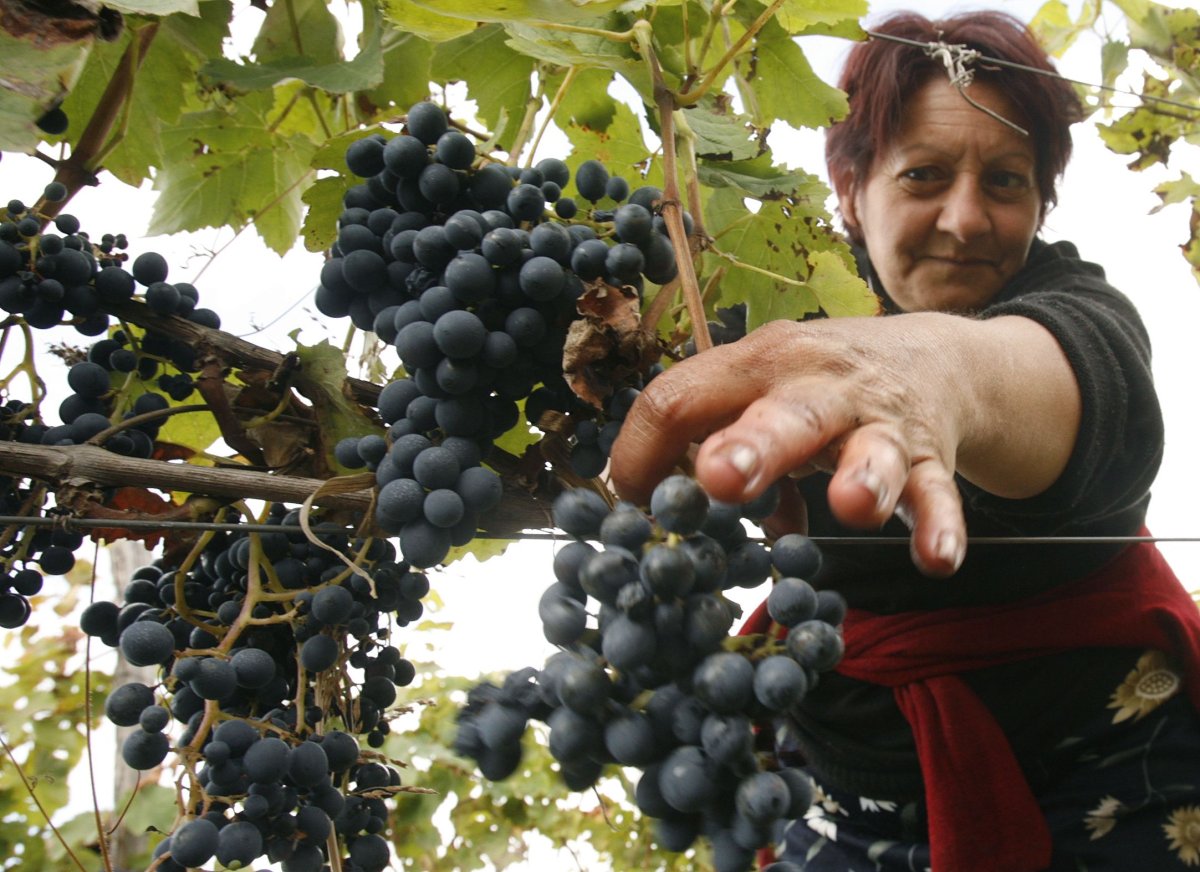
Turns out, Neolithic-era hunter-gatherers liked wine just as much as you do.
Humans, according to new discoveries in the Republic of Georgia, have been drinking wine for 8,000 years—about 600 to 1,000 years longer than previously believed.
Excavations by the Gadachrili Gora Regional Archaeological Project Expedition (yes, their acronym is GRAPE) in a collaboration between University of Toronto and the Georgian National Museum have discovered ancient jars coated with chemical evidence of winemaking. The jars were discovered at two early ceramic Neolithic sites called the Gadachrili Gora and Shulaveri Gora, which are about 30 miles south of Georgia's capital, Tbilisi. These sites—remnants of two ancient villages dating back to 15200 B.C.—are nestled in the South Caucasus region on the border of Eastern Europe and Western Asia.
Prior research dated the earliest evidence of winemaking to an area in the Zagros Mountains of Iran to between 5400 and 5000 B.C. The latest evidence in Georgia dates back to between 6000 and 4500 B.C.

"We believe this is the oldest example of the domestication of a wild-growing Eurasian grapevine solely for the production of wine," Stephen Batiuk, senior research associate in the near and middle Eastern civilizations department and the archaeology center at the University of Toronto, said in a press release. "Georgia is home to over 500 varieties of wine alone, suggesting that grapes have been domesticated and cross-breeding in the region for a very long time."
Chemical evidence of winemaking was found on eight jars using the latest methods of chemical extraction to find tartaric acid, a compound that signifies grape residues, and three organic acids called malic, succinic and citric. Archaeological, botanical, climatic and radiocarbon data further demonstrated that the Eurasian grapevine Vitis vinifera flourished in those two ancient villages.
The findings are more than just proof that wine has infiltrated human culture for even longer than previously understood—it is also evidence of the deep, historical roots winemaking has in Georgia. The massive ancient jars recently discovered are similar to those used to make wine in Georgia today, according to David Lordkipanidze, director of the Georgian National Museum.

The method used in Georgia today—dubbed "Qvevri" for large jar—uses an egg-shaped vessel for making, aging and storing the wine. They are buried halfway underground in order for wine to ferment for five to six months and are used by farmers and people in the city. Wine cellars are still considered the holiest place in the home, according to the United Nations Educational, Scientific and Cultural Organization (UNESCO), which deemed the winemaking method as intangible cultural heritage of humanity.
Viniculture illustrates ingenuity, according to Lordkipanidze and Batiuk. It also encourages artistic, linguistic, and technological expressions.
The domestication of grapes led to "the emergence of wine culture," Lordkipanidze told Newsweek. "This is already a society in which drinking and offering wine penetrate in every aspect of life—starting from medical practice to religious rituals."

The latest finding connects the ancient winemaking around 8,000 years ago to modern Georgia, but also further explains humanity's history. The Neolithic era is marked with the beginning of farming, the domestication of animals, and the development of crafts such as pottery and weaving and polished stone tools. It is not production of wine alone that matters, but rather wine as a part of culture as a whole, especially in Georgia, Lordkipanidze said.
"Wine is not just a beverage," he said. "We started to produce wine, we are producing and we will produce."
The study, published in Proceeding of the National Academy of Sciences with lead author Patrick McGovern, said that wine is central to civilization as it's known in the West. Wine has been as a medicine, social lubricant, mind-altering substance, and highly valued commodity, and became the focus of religious cults, pharmacopoeias, cuisines, economies,and society in the ancient Near East. That wine culture has spread across the globe.
"The Eurasian grapevine that now accounts for 99.9 percent of wine made in the world today has its roots in Caucasia," said Batiuk.
Uncommon Knowledge
Newsweek is committed to challenging conventional wisdom and finding connections in the search for common ground.
Newsweek is committed to challenging conventional wisdom and finding connections in the search for common ground.
About the writer
Sydney Pereira is a science writer, focusing on the environment and climate. You can reach her at s.pereira@newsweekgroup.com.
To read how Newsweek uses AI as a newsroom tool, Click here.








